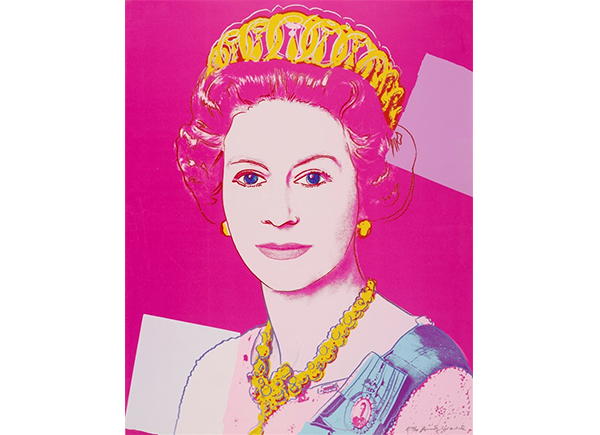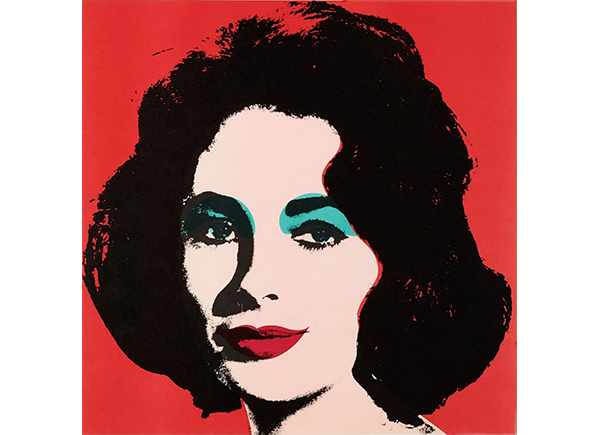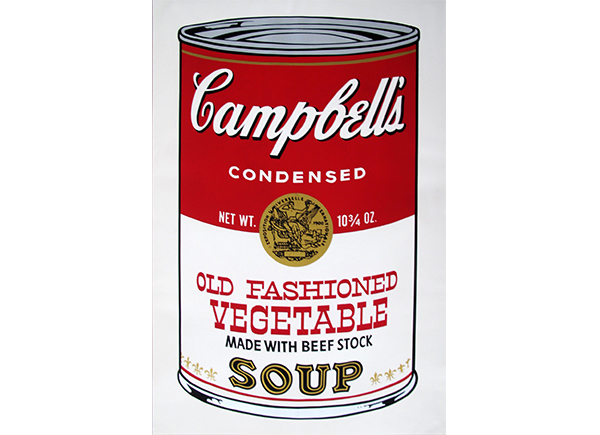North York-born Ron Rivlin recalls being obsessed with coins as a baby, hiding coins in between the mattress and the wall of his crib. “I always wanted more,” he says. “Not just money, but of life.” From a young age, Rivlin was a devoted businessman. After earning $3 an hour selling ice cream and then working as a cook at McDonalds for next to nothing, he decided to set off on his own. “That was when my entrepreneurial spirit was born,” he says.
Rivlin soon became his high school’s go-to ticket scalper, started importing clothing from Guatemala and Ecuador, and then for a few years lived the adventurous teenage dream of touring with the Grateful Dead. But after finding himself broke on the road without a home, he returned to Toronto to finish high school and university. Afterwards, Rivlin picked up his backpack, moved to Los Angeles and stayed at a youth hostel until he wiggled his way into the music scene.
He founded an agency, Coast II Coast Entertainment, that went on to have a roster of over 40 artists including Run DMC, DJ Jazzy Jeff, Biz Markie and many other prolific electronic and and hip hop artists. “I also became an agent for nightlife culture,” he said. “I always gave my clients 110 per cent and achieved a great deal of success both personally and financially.”
The ever-busy Rivlin juggled businesses in music, social media and hospitality, but when he realized his heart wasn’t in the music business anymore, he found his love for Andy Warhol.
Here, Rivlin discusses the birth of his gallery dedicated to Warhol in Los Angeles, and the travelling exhibit coming to Toronto this summer from July 1 until December 31 at a pop-up gallery at 77 Bloor St. West in Toronto.

S/: Why did you decide to open Revolver Gallery, a gallery honouring Andy Warhol?
Ron Rivlin: Passion. I made an oath to myself around Christmas 2012 that whatever I did in my life moving forward needed to be passion driven. I said “f–k the money,” I will go where my heart is. And if I’ve learned anything in life, it is that where passion lies there will always be success. I bought my first Warhol in 2012…I quickly started buying up everything I liked that I could get at a fair price. My General Manager of most of my businesses, who on many levels is the most incredible employee I have ever had, worked with me to open Revolver Gallery two months later with 25 prints. Within a year we were at 100. Now in our third year, we’ve surpassed 200 works…I feel people know very little about Andy Warhol, and is the reason why I opened a gallery dedicated only to Warhol and his work.
Why do you think Andy Warhol is such an icon? He’s everywhere, always!
Warhol broke barriers and boundaries and essentially changed the art industry by introducing subjects that popular culture deemed important, like Marilyn Monroe, Liz Taylor, JFK, Campbell’s Soup, Brillo Boxes, etc. Most of his works have the common thread of consumerism and celebrity. He then went on to experiment with mass production of his artwork through silk screening, in an unorthodox business environment called the Factory, where he would throw legendary parties by night and produce art by day. Although he is most known for being an artist, he also always managed Lou Reed and The Velvet Underground, founded and published Interview Magazine, released countless films, and was a photographer. Since his passing, The Andy Warhol Foundation has done a good job of keeping his legacy alive through licensing and donating his works to museums and other institutions.

Why did you decide to have your collection tour to Toronto?
I had my collection in Vancouver in March, and it was an absolute success. When my team and I met about where to send it next, I said Toronto! At 41, life has deeper meaning. Passion is everything to me. I am passionate about Toronto, the people of Toronto, all of my friends from my past who I am still connected to, and of course my parents who live in Thornhill. I have two beautiful kids and an amazing wife who don’t know the city that resonates so deeply inside me. I want them to experience time in a city that I continue to call home.
How did Warhol’s work evolve over the years?
Warhol got his start as a fashion illustrator in the ’50s. He was the most sought after illustrator for advertising at the time. In 1962, he started experimenting with the Campbell’s Soup cans and [his work] evolved to all things pop culture over the next two decades. I think Andy was more driven by capitalism from the later 1970s until his death in 1987. It seems apparent that [at that point] a majority of his work was in publishing and commissioned portrait deals. His work became less predictable and he became less popular as an artist but more popular as a celebrity. Although some criticized him, some of his most popular print works are from the 1980s.
What are some of the themes that are going to be addressed in the Toronto exhibition?
We have a broad range of works on display including works that range from the ’60s to the ’80s. We have lots of prints, and some of Andy’s photographs and paintings. We also have some of the portraits that he was commissioned to do.
Tell me about “The Factory.” How does the exhibition address it?
When we started working on the design with Toronto’s award winning design firm, Design Agency, we proposed re-creating the Silver Factory. The Silver Factory was the first and more prolific space Andy worked in, and besides the space being the most creative of his career, it was an experimental environment where people who embraced counterculture would congregate for music, discussion, and to both participate in and buy Andy’s artwork. Despite our efforts, we had issues licensing the Silver Cloud Balloons and felt that painting the whole room—walls, ceilings, bathrooms—in silver, would distract from the art, so in the end we strayed from that concept. The exhibition will have a stage that will be used in the evenings for special events including lectures, seminars and music.

What about Warhol’s work makes it relevant today?
He changed people’s perspective on art and celebrated things that we as a society embrace. Things that are timeless from the iconic to the mundane. He teaches us that there are no boundaries to expression through art… something that was quite taboo when Warhol got his start.
What do you hope visitors of Andy Warhol Revisited in Toronto will leave the exhibition knowing?
I hope to provide an environment that intrigues our patrons, through education and the broad range of works on display. I hope to intrigue and encourage the curious to experience some of the essence of Andy Warhol’s life, both professionally and personally. No museum or institution in the world can capture Warhol comprehensively in a singular show. There is a lot of mystery around the man. His family, whom I had the pleasure to meet in Pittsburgh a few weeks ago, have always kept their story of Andy very private. And since Andy didn’t talk about his family and there is little you can find about that dynamic anywhere. I hope that curiosity is enough to motivate people to learn more about Andy Warhol and to come out to our Andy Warhol Revisited exhibit in Toronto.
